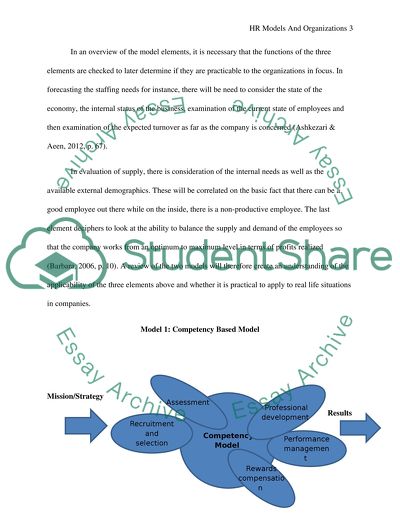Cite this document
(Abstract Human Resource Models and Application to an Organisation Research Paper - 1, n.d.)
Abstract Human Resource Models and Application to an Organisation Research Paper - 1. Retrieved from https://studentshare.org/human-resources/1619177-assignment-one-questions-choose-only-one-question-from-this-menu-identify-your-choice-at-the-front-of-your-report-1-do-you-consider-it-possible-for-abstract-hr-models-to-be-applicable-to-organisations-use-your-choice-of-2-models-and-an-organisation
Abstract Human Resource Models and Application to an Organisation Research Paper - 1. Retrieved from https://studentshare.org/human-resources/1619177-assignment-one-questions-choose-only-one-question-from-this-menu-identify-your-choice-at-the-front-of-your-report-1-do-you-consider-it-possible-for-abstract-hr-models-to-be-applicable-to-organisations-use-your-choice-of-2-models-and-an-organisation
(Abstract Human Resource Models and Application to an Organisation Research Paper - 1)
Abstract Human Resource Models and Application to an Organisation Research Paper - 1. https://studentshare.org/human-resources/1619177-assignment-one-questions-choose-only-one-question-from-this-menu-identify-your-choice-at-the-front-of-your-report-1-do-you-consider-it-possible-for-abstract-hr-models-to-be-applicable-to-organisations-use-your-choice-of-2-models-and-an-organisation.
Abstract Human Resource Models and Application to an Organisation Research Paper - 1. https://studentshare.org/human-resources/1619177-assignment-one-questions-choose-only-one-question-from-this-menu-identify-your-choice-at-the-front-of-your-report-1-do-you-consider-it-possible-for-abstract-hr-models-to-be-applicable-to-organisations-use-your-choice-of-2-models-and-an-organisation.
“Abstract Human Resource Models and Application to an Organisation Research Paper - 1”, n.d. https://studentshare.org/human-resources/1619177-assignment-one-questions-choose-only-one-question-from-this-menu-identify-your-choice-at-the-front-of-your-report-1-do-you-consider-it-possible-for-abstract-hr-models-to-be-applicable-to-organisations-use-your-choice-of-2-models-and-an-organisation.


